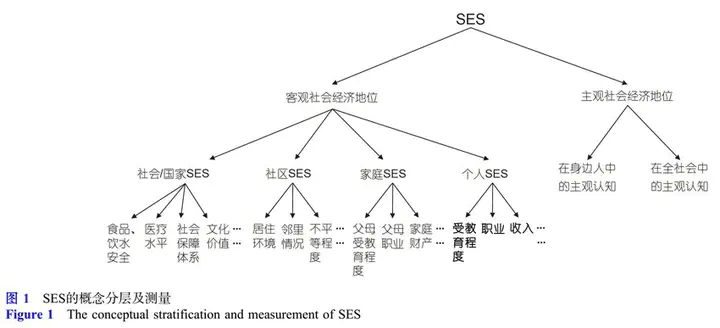 Image credit: Fig1
Image credit: Fig1
摘要
The socioeconomic status (SES) of individuals has an enormous impact on their mental health (e.g., cognitive function and emotional well-being). Given that the brain is the biological basis of cognition and emotion, understanding the relationship between SES and brain structure and function may help to alleviate the negative impact of SES on the mental health of individuals. Over the past two decades, cognitive neuroscientists have explored the relationship between SES and the brain using state-of-the-art brain imaging techniques, such as event-related potential (ERP) and (functional) magnetic resonance imaging (fMRI/MRI). While some studies have found that SES indices were related to brain structure and function, other studies have reported negative results. Therefore, it is crucial to evaluate the existing literature critically. The current paper reviewed studies that explored the relationship between SES and brain structure as well as those investigating the relationship between SES and brain function. For both lines of research, we organized studies around both cognition and emotion. Our review has the following findings. First, structural MRI studies suggest that SES level may be related to the hippocampus and frontal lobe, which are considered responsible for memory and executive function, and the amygdala, anterior cingulate cortex (ACC) and insular cortex, which are involved in emotional processing. Second, fMRI studies found that individuals (especially children) from different SES backgrounds had similar behavioral performances on cognitive tasks (e.g., executive function, memory, learning, mathematics, language, etc.) but their brain activities showed different patterns. fMRI studies also revealed that, compared to individuals from high SES backgrounds, individuals from low SES backgrounds may be more sensitive to negative emotions and have different neurobiological mechanisms of emotion regulation. These findings are consistent with the fact that people with low SES are more vulnerable to mental disorders. However, the field faces several challenges that might severely undermine the credibility of its findings:the complexity and flexibility of measuring SES, the complexity and flexibility of measuring brain structure and function, and the complexity of the possible paths by which SES can affect the brain. To overcome these challenges, we suggest that future studies should measure more SES indices, be transparent and open as to the brain data analyses, and consider the interaction between SES and brain development and the proximal factors through which SES interacts with the brain. Finally, researchers from different countries may also consider the relative SES among nations and adopt a multisite approach to study the relationship between SES and the brain. By deepening the understanding of the relationship between SES and the brain, cognitive neuroscience may contribute to creating a healthy and fair society.